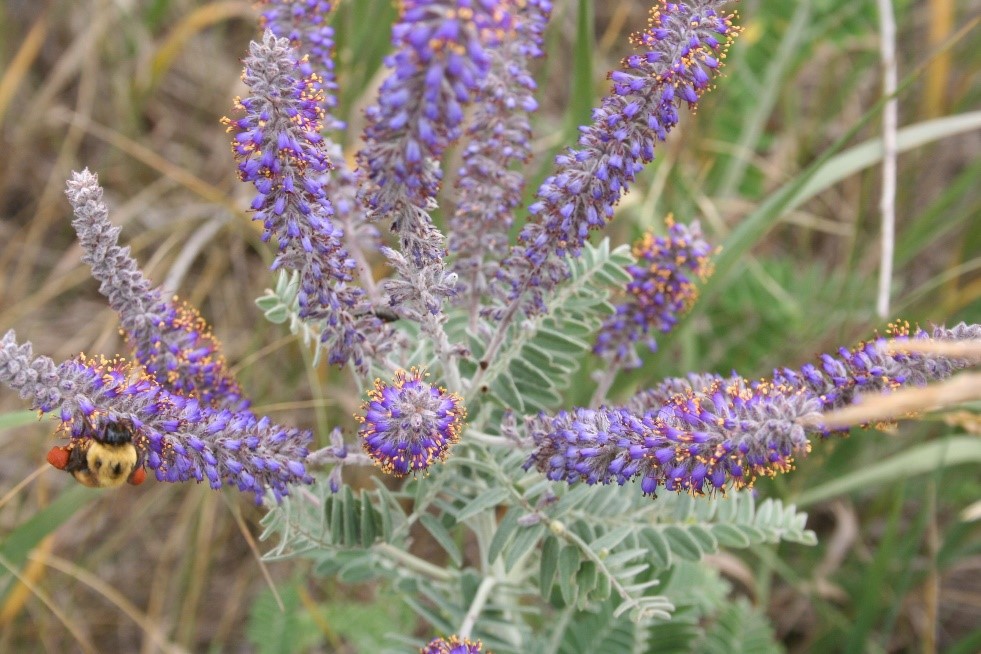Make Room for Native Plants
- 2020-03-09
- By danibash
- Posted in The Garden Buzz
By Pam Rosendal, Colorado Master Gardener
Chances are, you’ve heard about the advantages of native plants in urban gardens and landscapes. It has been a topic of increasing interest in the media. Let’s take a quick look.
Well, you might ask, “What is a native plant?” Native plants “occur naturally in a particular region, state, ecosystem and habitat without direct or indirect human actions” (Federal Native Plant Conservation Committee, 1994). They are important to native insects, birds and other animals because they have evolved together. One depends on the other for survival.

Native plants are naturally adapted to our climate and soils. Some may have more specific requirements depending on where they evolved, but in general, they are easy to care for and maintain. When choosing native plants for the landscape, it is helpful to know where the plant is naturally found – plains, mountains or riparian/wetland – so you can locate a suitable site in your landscape or create similar growing conditions. As with any plant, consider sun, shade, water, and soil. Some native plants like sandy or well-drained soils while others do well in clay.
Other benefits of native plants are that they require less water and fertilizer, and provide food and shelter for wildlife including pollinators such as native butterflies and solitary bees. Incorporating natives in urban landscapes can go a long way to restoring biodiversity that is otherwise lost to urban development.
Just a few more planting tips. Plants from a nursery or garden center may be grown in high humus soil. Gently loosen and rinse this rich garden soil from the root ball before planting in native soil to avoid soil interface issues. When planting, remember that all new plants, native or not, need to be watered in until the root system is established. Once established, resume your normal irrigation schedule.


Create some space in your garden for natives. You might enjoy the chocolate flower (Yes, it actually smells like chocolate!) or perhaps leadplant with its ferny foliage and spikes of purple flowers. It will put you on a path to a low maintenance garden and the native wildlife will thank you.

Colorado has a wealth of native plants, grasses, shrubs and trees that are naturally suited to our variable climate. Native plants are great for landscaping because of their adaptability. Attend a Native Plant Master class to learn how to identify native plants, manage noxious weeds, and how to include native plants in your home landscape.
Horticulture Resources
- Garden Buzz Archives
- CSU Extension Resources
- Colorado Master Gardener Program
- Foothills to Plains Native Plant Master Program
- Native Bee Watch Community Science Program
- The Co-Hort Blog
- PlantTalk Colorado
- Soil Testing
- Plant Select
- Emerald Ash Borer
- Japanese Beetle
- Colorado State Forest Service
- Ask an Expert

